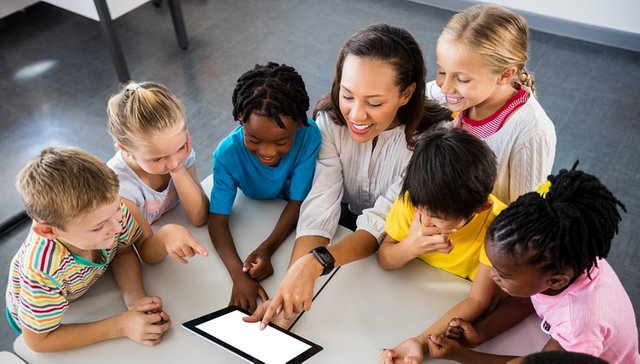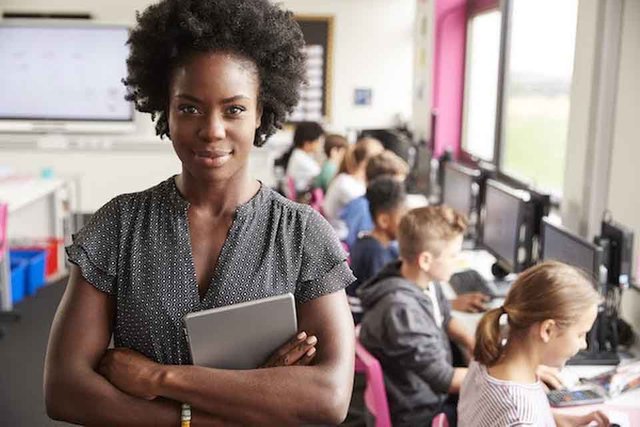How to Become a Better Teacher
Having the ability to teach is a skill. It is a skill that takes time and effort to master. However, once you get the hang of it, you are a much better teacher. You can do this by assessing your own strengths and weaknesses, communicating high expectations to your students, maintaining authority and bringing learning to life.
Assessing your own abilities is a good thing. It helps you improve your performance and increase your engagement with your subject matter. The best part is that it doesn't require too much effort on your part. To assess your own abilities, you may use a wide variety of methods. Some of them include quizzes, exams, a review of your own work, and a self-diagnosis.
Although assessing your own abilities is not the most glamorous task, it is a necessary part of becoming a better teacher. Having a reliable assessment of a student's capabilities is important. You should encourage your students to perform a number of self-evaluation tasks, including setting and achieving goals. Among the many goals is a set of rubrics that will allow you to evaluate the student's efforts in a way that is both meaningful and measurable.
A rubric should be crafted in collaboration with your students and be designed to clearly articulate different levels of achievement, so your students are not left scratching their heads. While it might be tempting to create your own rubrics, remember that the only people who are truly interested in your students' efforts are them.
If you're looking to become a better teacher, one of the most important skills you need is to communicate high expectations. Research shows that teachers who set higher expectations for students perform better.
A good way to communicate high expectations is to create a classroom culture that values hard work. Teachers need to set goals for each student and monitor their progress. This helps to establish a sense of self-belief and discipline in the classroom.
Creating a classroom culture of high expectations takes time. The first step is to identify students' interests and strengths. These may help you to find students who are ready for difficult assignments.
You can also use student feedback to reinforce expectations. It's important to evaluate the quality of student work and discuss any problems they have with their instructors.
Providing resources and encouraging students to work in groups are also effective ways to demonstrate high standards. Teaching students how to manage their time and how to write well are also critical.
It's no secret that authority is an important aspect of being a teacher. Having some sort of oomph can help you get noticed and set the tone for a sane classroom. However, this doesn't mean you should go overboard.
The key is to find the best balance between being too little and too much. You don't want to micromanage every little thing your students do. Likewise, you don't want to overwhelm them with a plethora of information.
Fortunately, there are some tricks of the trade that can make your job easier. Firstly, you must decide which battles to win. Secondly, you'll need to follow through on your promises. Finally, you'll need to avert the usual boomerang effects.
The best way to boost authority is to establish healthy adult-child relationships. They give you a sense of comfort, and in return, your pupils will work harder for you. Also, a supportive relationship can lead to more innovative lessons.
Real world examples and scenarios can bring a unique and engaging way to teach. This type of learning is known as authentic learning. It involves teaching students about problems that they have encountered, and having them discuss the issues. The goal is to have the students come away with an emotional connection to the subject.
By introducing real-world examples into your curriculum, you are providing students with the opportunity to apply their skills to a variety of situations. Students are more motivated and engaged to learn, and they also develop a deeper understanding of how society works.
When you incorporate real-world examples into your lessons, you are also increasing the chances that students will continue to engage with their studies after graduation. These experiences can be a great way to promote the importance of life-long learning.
Using social media sites can also be an effective tool for teachers to bring the real world into the classroom. They can post videos of their lessons and ask students questions. For example, you can use Instagram to demonstrate a science lesson.

